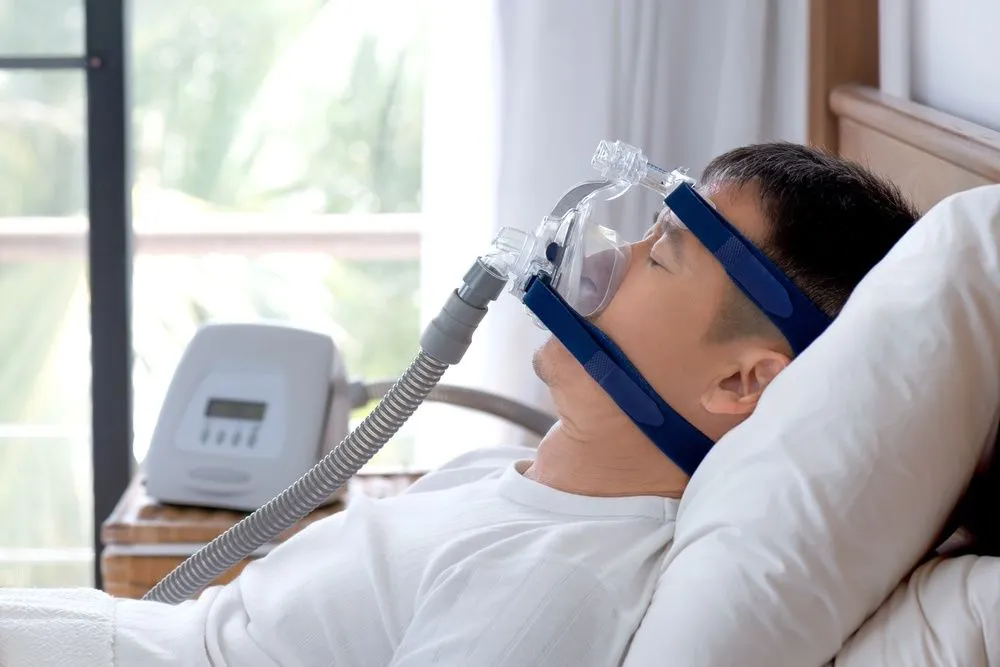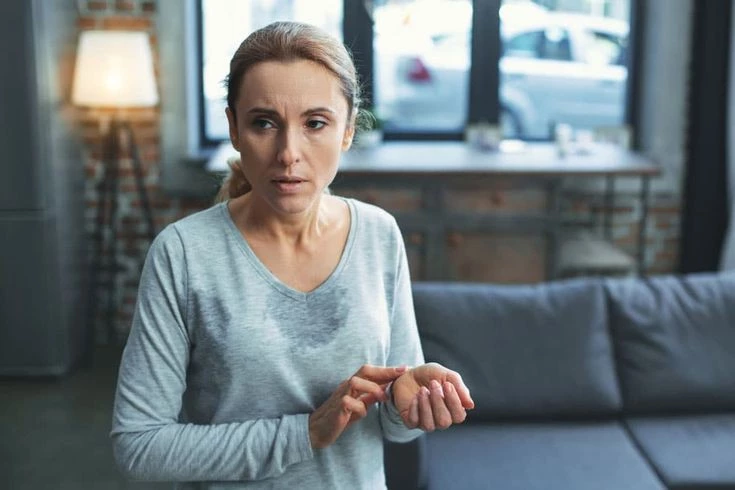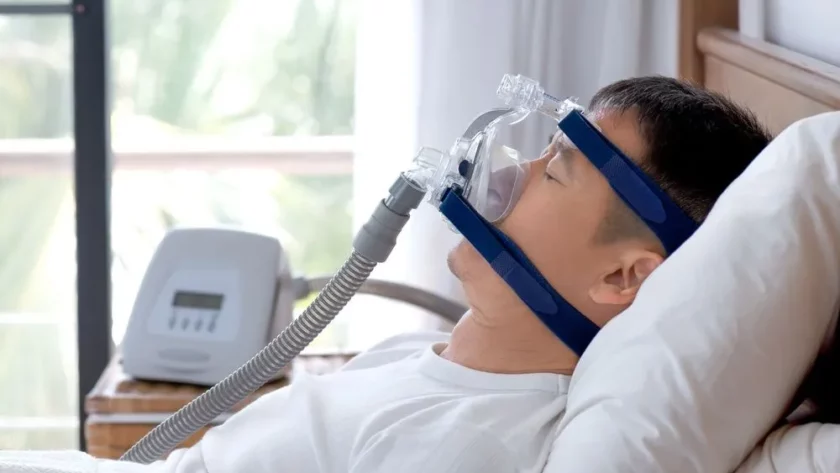What Is a Ventilator Machine?
Contents
A medical ventilator machine helps people, who cannot breathe properly or those who are unable to breathe on their own. We needed it the most in covid.
As we all know our inhale and exhale process is linked to our lungs, which inhale fresh oxygen and exhale carbon dioxide.
During covid, especially the delta variant, which greatly affected our lungs (that caused the respiratory failure), due to which there was more need of a ventilator.
The ventilator is also known as – breathing, respirator, and mechanical ventilation
Learn More – Omicron End In 2022? And More Information On New Varient

How does it work?
A ventilator helps in moving air in and out of your lungs so that your body can get the oxygen it needs. And the level of oxygen in this air is increased.
The doctor set up the ventilator in such a way that, he can send the oxygen to the patient’s lungs.
Ventilator also has a humidifier, which also adds heat and moisture to the air supply. so that this air can match the body temperature of the patient.
Air through a ventilator to the patient’s lungs, is pushed in two ways – mask, and breathing tube.
Face fitted mask
These ways of methods are mainly used in less severe cases. Where a plastic fitted face mask is placed over both mouth and nose.
A tube will be connected from the face mask to the ventilator so that the patients can breathe and exhale properly.
Breathing tube
If a patient’s condition has severe, then a breathing tube is needed. For this, an endotracheal tube is inserted through the nose and mouth to the windpipe.
During this tube, the patient can talk, nor eat, but can hardly talk a little. Also, it can cause pain and discomfort.
However, if we compare both tubes and mask then
| Breathing tube | Face maks |
| It causes discomfort, and pain, because that goes down to our throat | It is more comfortable than a breathing tube. |
| It doesn’t allow patients to talk, swallow, even talk | It allows you to talk, swallow, and cough |
| This has more side effects and risks such as infection, bleeding, pneumonia, etc | It doesn’t require sedation |
| It has more disadvantages than benefits. |
Price
If we talk about its price, then it can go from thousands to lakhs.
In India (Pune city), a bunch of young engineers has developed a low-cost ventilator that could save thousands of lives (1).
You can easily buy an oxygen ventilator machine online.
In which health condition do we need a ventilator?
In respiratory cases, we need a ventilator machine, but in some other health issues, we also need it. They include:
- Upper spinal code injuries
- Stroke
- Premature lung development (in babaies)
- Surgery
- Polio
- Lung infection
- Drug overdose
- Penumonia
- Chronic obstruction pulmonary disease (COPD)
- Collapsed lung
- Brain injury
- Coma
- Loss of consciousness
- Myasthenia gravis
- Infection in blood
- Asthma
- Cardiac arrest
- Acute respiratory distress syndrome (ASDS)
NOTE: Ventilators are also used in the home – when the patient’s disease is long, and all the resources should be available in the home where the patients are kept.
Covid patients and ventilator machine
COVID-19 can cause respiratory failure, its symptoms like coughing, trouble breathing, and shortness of breath, which causes us to need a ventilator machine.
Also, covid-19 causes inflammation in your airways and essentially drowns your lungs in fluids. This increases hypoxemia – which means – the body is deprived of oxygen.
Ventilator become a life-saving machine, which saved many lives during covid-19 especially during the delta variant.
But is every covid positive person require a ventilator?
From Noida (India) Apollo hospital Dr. Samir voila says – not all patients need Ventilator, just those who have difficulty in breathing need it.
But who person is more prone to get on a ventilator during covid?
- Old person
- Weak immunity people
- Person who are already suffering from any disease, like diabetes patient
- Young children
Do you know, around 900,000 patients may need ventilators during the coronavirus pandemic?
NOTE: A ventilator doesn’t cure the covid, it just helps the patient of covid to breath properly or helps you survive until your lungs or health get better.
Learn More – Update On A New Variant Omicron
How long does the patient need to be kept on the ventilator?
NOTE: How long you will be on the ventilator depends on the severity of your breathing.
Heartbeat, blood pressure, respiratory rate, oxygen level, chest x-ray, scan, blood tests to the patient require more medical equipment.
Some patients need a ventilator for short-term care, (need for a few hours) but some patients need it for long-term care (need fro 2 to 3 weeks.)
NOTE: Some ventilators need electricity to work, but some can work by bacteria. And mechanical ventilators are mainly used in hospitals and ambulances.
Ventilator Risk

It is a life-saving machine, but if patients stay for a long-time, can have potential side effects.
Here are common side effects or health issues of ventilators. if a person is kept on it for a long time. which include:
- Pneumonia (which is most common illness that causes by ventilator, and one of the most serious problem)
- Sinus infection
- Infection (Due to the breathing tube the patient can not cough or eat, which increase the risk of germs infection in airways)
- muscle weakness
- vocal cord damage
- Fluid overload – This can be caused by continuous infusions, drug toxicity, and renal failure (2).
- Pneumothorax
- Lung damage
- Blood clots – Lying down for a long time can increase the risk of blood clots.
- cuts to your lip tongues, throat, or trachea
- Skin infection
- Atelectasis disease (where lungs can not expand properly)
- Chipped teeths
This risk is more increased on the endotracheal tube (breathing tube).
Learn More – Explaination in Ventilator complication
What Expect after coming out from ventilator?
If you come out from surgery, you begin breathing on your own, and after waking up from surgery, you may not aware that you were connected to a ventilator.
Some signs you may see after coming out from the ventilator. include:
- Sore throat (which is caused by breathing tube)
- Cough
- Weak chest muscles (due to ventilator pressure which give more oxygen than regular intake, and medicines)
- Hoarse voice for a short time
- Fever, if you have pneumonia after coming from a ventilator.
After coming out from the ventilator, the doctor may tell patients to do breathing exercises, especially after a covid situation.
NOTE: The doctor may recommend you take off the ventilator machine slowly, due to which the risk of weak muscles is reduced.
What Precautions should be taken before seeing a ventilator patient?
If someone is on a ventilator you should take these precautions. Which reduces the risk of danger to the patient.
Here are some steps you should follow before seeing ventilator patients. they include:
- Properly wash your hands and wear face mask
- Avoid children to visit, because they are more prone to ill from patients
- Let the person rest more, instead of speaking with the person, especially if person are on breathing tube.
- Support person or family, and ease calm
Apart from this, if the ventilator person is kept in the home, then some things are necessary for his safety. such as:
- Communicate with the person, its satisfies that the person is in any discomfort, and anything wants.
- Check ventilator settings
- If you don’t know anything about it – talk about your doctor, they may give a healthcare person to be with your patients.
- Ventilator alarm – A ventilator alarm should never be ignored.
- The environment should be cleaned or shouldn’t be too noisy.
- Always wear face wask on patients room
- Hands should be clean when you touched or changed patients’ clothes.
Learn more – Safety concerns on ventilator patients
BOTTOM LINE
During covid, especially the delta variant, which greatly affected our lungs (that caused the respiratory failure), due to which there was more need of a ventilator.
Ventilator become a life-saving machine, which saved many lives during covid-19 especially during the delta variant.
Some ventilators need electricity to work, but some can work by bacteria.




